
History of physics from its origin to the present
The history of physics It can be traced back to antiquity where the philosophers of classical Greece studied the workings of the universe. Many started from observation, as the tool that could lead them to understand the laws that govern the world.
The movements of the Earth, the stars and trying to discover the origin of matter were several of the main research points at the time. Also, many of these reasonings served for the development of mechanics.
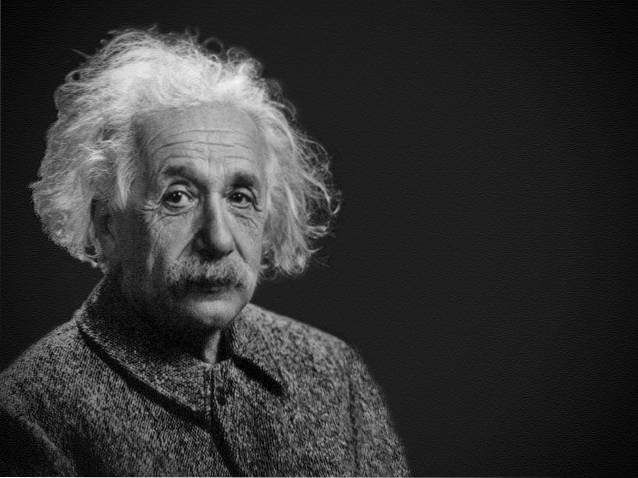
Image by Jackie Ramirez from Pixabay
Philosophers like Leucippus and Democritus proposed that matter was made up of atoms, a smaller and indivisible particle. For his part, Aristarchus of Samos was the first to discern that the earth revolved around the sun, carrying out the first heliocentric model of the solar system, an astronomical plane that placed the Sun in the center instead of the Earth, as it used to be thought that was located.
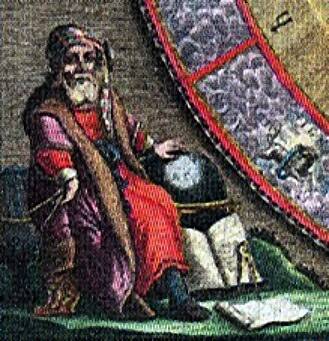
Aristotle argued the importance of the four elements - air, earth, water and fire - in the process of formation of matter. He also stated that everything that moves is driven by an internal or external motor..
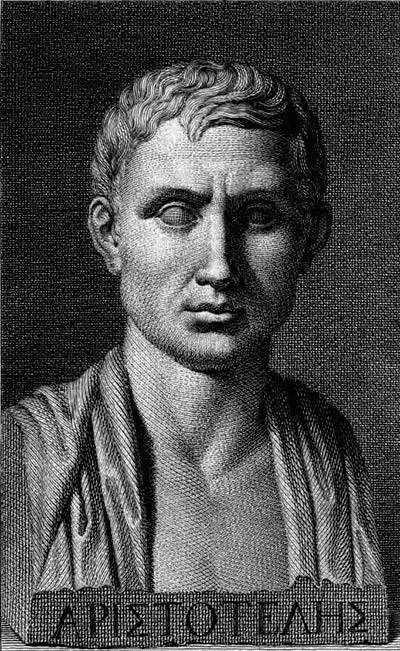
Other relevant characters such as Archimedes of Syracuse in the third century, made contributions in the study of mechanics, elaborated the bases of hydrostatics and statics.
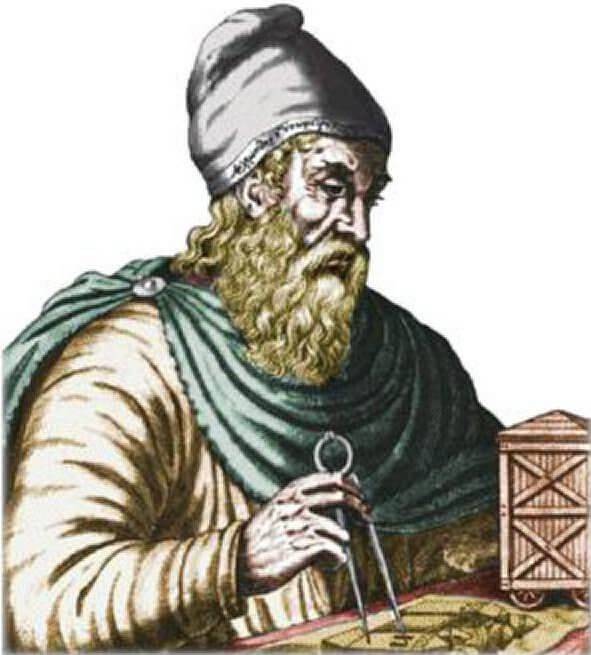
He could also create a pulley system to reduce the effort when lifting weights. Hipparchus of Nicaea managed to create a map of the movement of the stars through geometry, which allowed the detection of astronomical events such as eclipses..
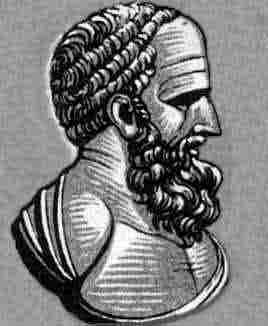
Article index
- 1 Findings from the Islamic world
- 2 Middle Ages
- 3 The Renaissance and the Scientific Revolution
- 4 The scientific method
- 4.1 René Descartes
- 5 Mechanics
- 6 Heat studies
- 7 Theory of electricity and electromagnetism
- 8 Modern physics
- 9 Quantum Mechanics
- 10 References
Findings from the Islamic world
Many of the studies of antiquity were translated into Arabic, at the time of the fall of the Roman Empire. Much of the Greek legacy was recovered by the Islamic world, which allowed certain developments to take place within this community as well. Some of them include:
-Omar Khayyám (1048-1131), who calculated the length of a solar year and proposed a calendar model 500 years before the current Gregorian calendar.
-Avempace (1085-1138), one of the main precursors of Newton's third law, proposed that for each force employed there is a reaction force. He was also interested in speed and was a great commentator on Aristotelian works.
-Nasir al-Din al-Tusi (1201-1274), described in his work the circular motion of the planets on their orbits.
Middle Ages
All the knowledge that could be inherited from the period before the Middle Ages, was taken first hand by the members of the church. The academic field was limited to the copying of church manuscripts. However, later there would be a clash due to conflicts of faith.
The dilemma of Christians for the translation and acceptance of text of "pagan" origin from the Islamic world, originated a certain aversion until the arrival of Thomas Aquinas, who managed to integrate Aristotelian knowledge and much of Greek philosophy with Christianity.
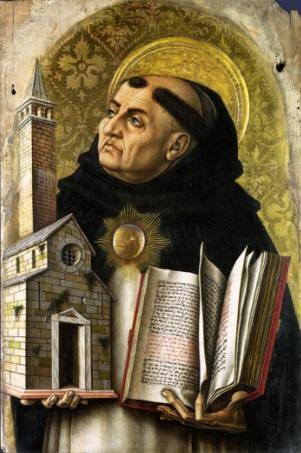
The Renaissance and the Scientific Revolution
The clamor for the knowledge of the ancients continued during the Renaissance, but closely linked to religion, an aspect that brought various consequences in terms of new discoveries. Anything that opposed Aristotelian thought or the church could be condemned.
Such was the case of Nicolás Copernicus in the 16th century, when he affirmed that the Earth and the other planets revolved around the sun. This was immediately branded as heresy. According to Christian beliefs, the Earth was stationary and was at the center of the universe.

Copernicus' work would be published just before his death in 1543, based on the heliocentric model of the solar system developed by Aristarco de Samos. The idea of the movement of the Earth managed to be so revolutionary that it would give way to the development of scientific thought in the next centuries.
Galileo Galilei is also among those who opposed the rigid academy imposed by the church. In this way, and taking the works of Copernicus as a reference, after building his own telescope, he managed to discover new elements within the solar system. The mountainous surface of the Moon, the moons of Jupiter and the phases of Venus.
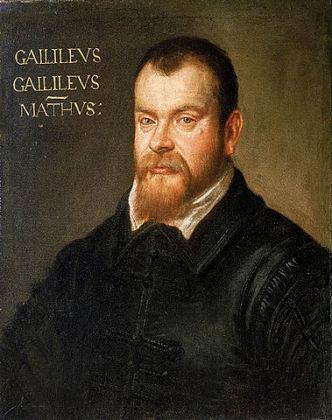
Galileo's appreciation for the studies of Copernicus and his new findings caused the inquisition to condemn him to house arrest at age 68, however, he continued his work from home and went down in the history of the greatest representatives regarding the development of the modern physics.
The cientific method
Rene Descartes
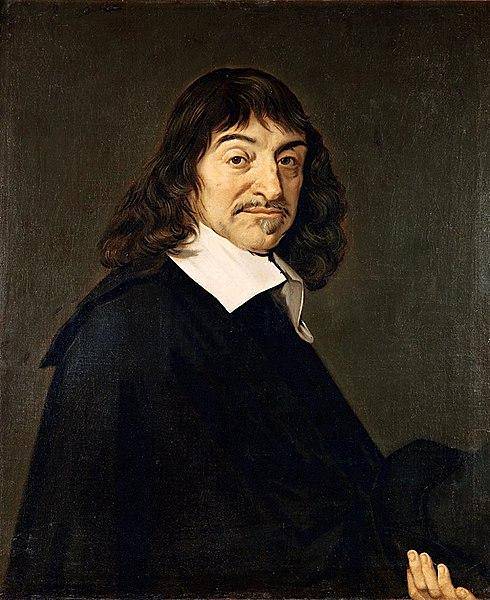
René Descartes is one of the main characters who mark the beginning of the scientific method in the framework of the seventeenth century. He is known for the development of reductionism, a study method that consists of decomposing a problem into its various parts to analyze each of them independently, and thus then understand the phenomenon or problem in its entirety.
Descartes claimed that the only way to understand the principles of nature was through reason and mathematical analysis.
Mechanics
Another of the great fundamental steps for the development of physics is the study of mechanics. Isaac Newton is one of the most influential in this field.
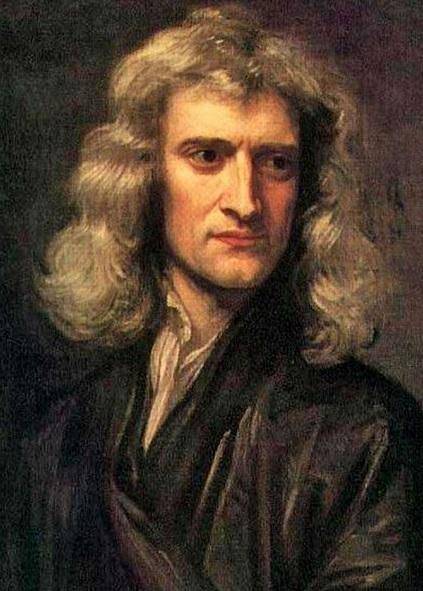
His theory of gravitation within his post Mathematical Principles of Natural Philosophy In 1687, he explained how mass is attracted to another mass through a force inversely proportional to the square of the distance between them. Force known as "gravity", which is present throughout the universe.
Newton's three laws are currently the most recognized contributions:
-The first one establishes that a body cannot alter its movement unless another body acts on it..
-The second, known as the “fundamental law”, states that the net force applied to a body is proportional to the acceleration acquired by said body..
-The third law tells us the principle of action and reaction, establishing that "if a body A exerts an action on another body B, it performs another equal action on A and in the opposite direction on B."
Heat studies
Following inventions such as the steam engine by Thomas Newcomen (1663-1729), physics studies began to focus on heat. Heat began to be related to work force, through mechanisms such as water wheels.
Later, the American and inventor Benjamin Thompson, known as Count Rumford, noticed the relationship between work and heat, through observing how the surface of a cannon heated up when it was drilled at the time of construction..
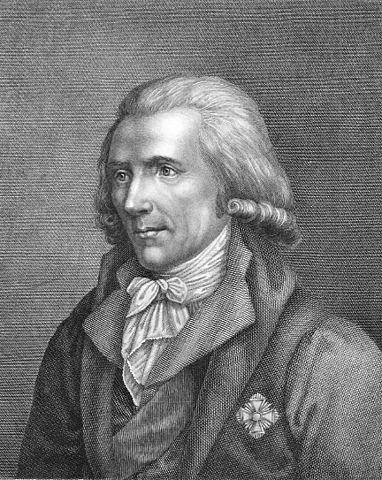
Later, the British physicist James Prescott Joule (1818-1889) would establish a mathematical equivalence between work and heat. In addition, discover what is known as Joule's law, which relates the heat generated by the current through a conductor, the resistance of the conductor, the current itself and its emission time..
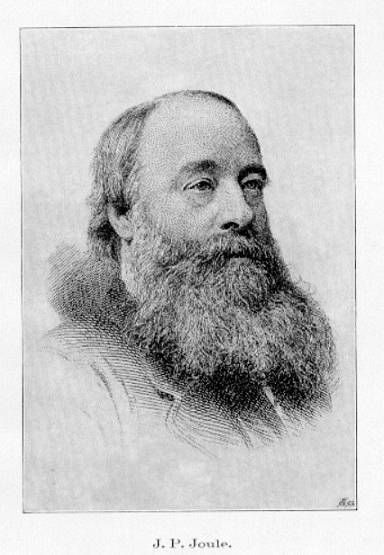
This discovery allows us to begin to lay the foundations for the laws of thermodynamics, which study the effect of heat and temperature in relation to labor, radiation and matter..
Theory of electricity and electromagnetism
During the eighteenth century, research on electricity and magnetism was another great point of study for physics. Among the findings, the suggestion of the philosopher and statesman Francis Bacon stands out, that the electric charge has two aspects, a positive and a negative, which, being equal, collide and being different, attract.
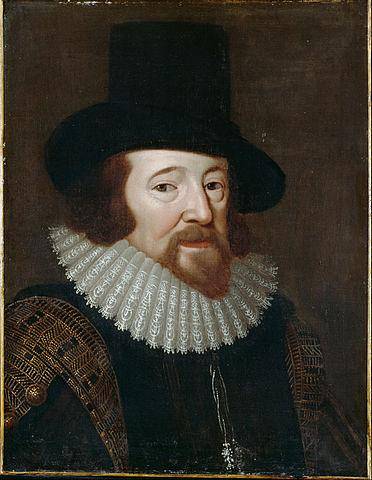
Bacon also developed a new method of study for science in his publication Novum Organum, in which he specified certain steps for research based on empiricism, studies carried out through experience and experience:
- The description of the phenomena.
- The classification of the facts in three categories or tables: First, the circumstances given when conducting the experiment; second, the absent circumstances, moments in which the phenomenon does not appear; third, the variables present at different levels or degrees of intensity.
- Table of the rejection of those results that are not linked to the phenomenon and the determination of what is related to it.
Another decisive experimentalist in this field was the British Michael Faraday (1791-1867). In 1831 he made his discovery through induced currents. He experimented with a wire circuit whose current was maintained if the wire was moving near a magnet or if the magnet was moving near the circuit otherwise. This would lay the foundations for the generation of electricity by mechanical procedures..
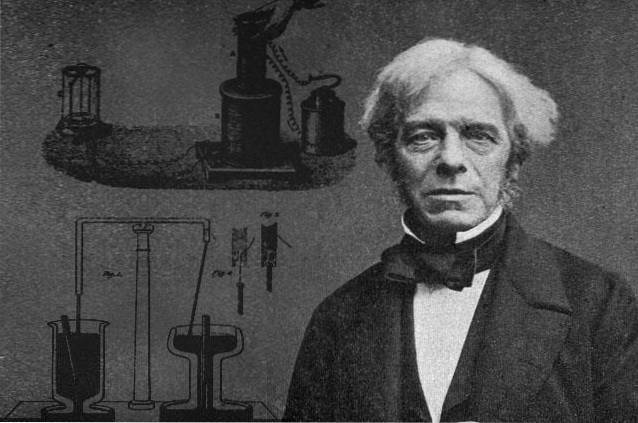
For his part, James Clerk Maxwell made a fundamental contribution to electromagnetic theory, defining that light, electricity and magnetism are part of the same field, called "electromagnetic field", in which they remain in motion and are capable of emit transverse waves of energy. Later this theory would appear as an important reference for Einstein's studies.
Modern physics
After the discovery of subatomic particles, electrons, protons and neutrons and the electromagnetic theory, the entrance to the 20th century would also be composed of theories relevant to contemporaneity. Thus, among the most prominent figures of this time is Albert Einstein.

Einstein's studies demonstrated the relativity that exists when measuring speed and its relationship with time, space and the observer. For Einstein's time, the speed of an object used to be measured only in relation to the speed of another object.
The theory of special relativity Einstein's revolution revolutionized the concept of space-time that existed up to that moment, and was published in 1905. This determined that the speed of light in vacuum was independent of the movement of an observer, that is to say that it remains constant and that perception of space-time is relative for each observer.
In this way, an event that occurs in two parts can simultaneously be perceived differently by two observers who are in two different places. The law suggests that if a person could move at high speed, the perception of space-time would be different from that of a person at rest and that nothing is capable of matching the speed of light.
Refering to general relativity theory published in 1915, it explains that large-volume objects like planets are capable of bending space-time. This curvature is known as gravity and it is capable of attracting bodies towards them..
Quantum mechanics
Finally, within the most recent and significant fields of studies, quantum mechanics stands out, focused on the study of nature at atomic and subatomic levels and its relationship with electromagnetic radiation. It is based on the observable through the release of different forms of energy.
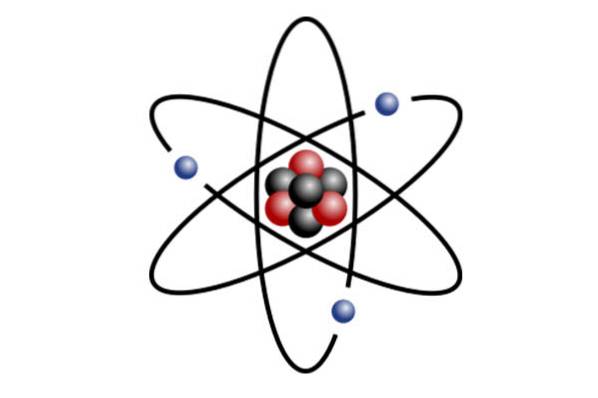
SVG by Indolences.Recoloring and ironing out some glitches done by Rainer Klute. / CC BY-SA (http://creativecommons.org/licenses/by-sa/3.0/)
In this area, Max Planck, known as the father of quantum theory, stands out. He discovered that radiation is emitted in small amounts of particles called "quanta.".
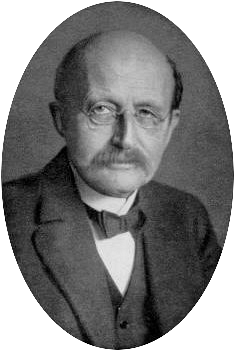
Later he discovers Planck's law that determined the electromagnetic radiation of a body at a certain temperature. This theory was developed at the beginning of the 20th century almost on a par with Einstein's theories..
References
- Slavin A (2019). A Brief History and Philosophy of Physic. Department of Physics, Trent University. Recovered from trentu.ca
- The Editors of Encyclopaedia Britannica (2020). Baconian method. Encyclopædia Britannica, inc ... retrieved from britannica.com
- Tilghman R, Brown L (2020). Physics. Encyclopædia Britannica. recovered britannica.com
- History of physics. Wikipedia, the free encyclopedia. Recovered from en.wikipedia.org
- Aristotle, Galileo, Newton and Einstein. Canary Islands Astrophysics Institute. Recovered from iac.es
- What is Joule's Law? Joule's Law Formula. Unicom electronics. Recovered from unicrom.com
- Francis Bacon. Wikipedia, the free encyclopedia. Recovered from en.wikipedia.org
- Valenzuela I. James Clerk Maxwell, the father of electromagnetic theory.VIX. Recovered from vix.com
- Einstein's Theory of Relativity explained in four simple steps. National Geographic. Recovered from nationalgeographic.es
- Cruz J (2107). What is the Theory of Special and General Relativity ?. RPP News. Recovered from rpp.pe
- BBC News World (2019). Max Planck, the father of quantum theory who tried to convince Hitler to allow Jewish scientists to work. BBC News. Recovered from bbc.com
- Jack Challoner. The History of Science: An Illustrated Story. Recovered from books.google.co.ve

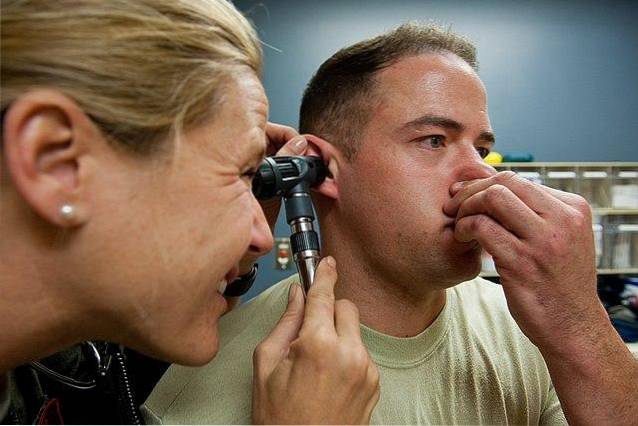

Yet No Comments